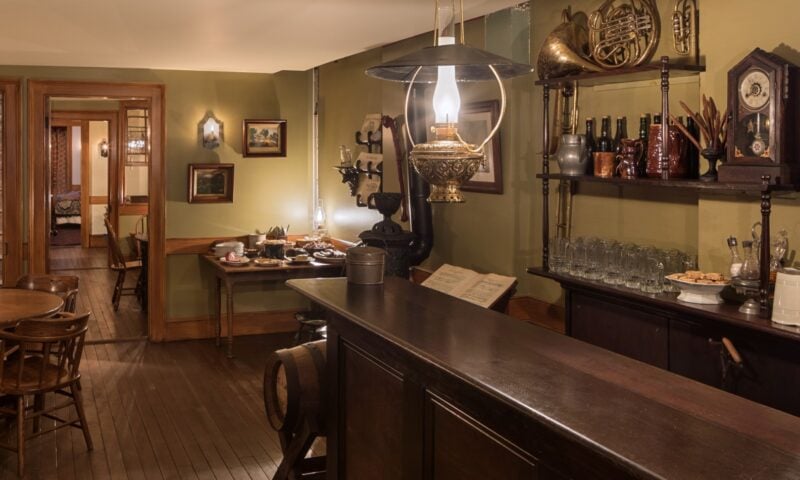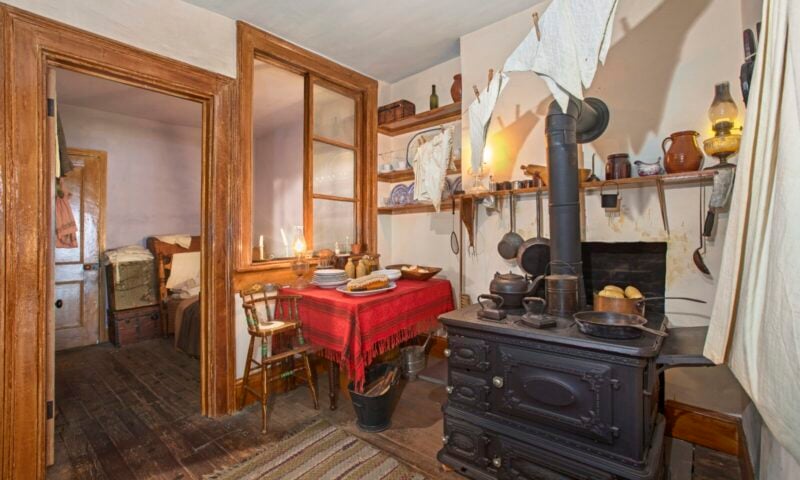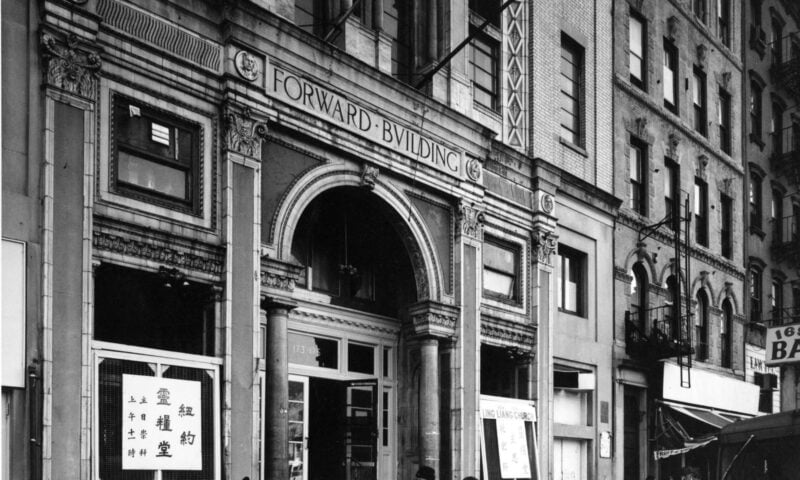Explore the stories of the Rogarshevskys and the Baldizzis, a Jewish family and an Italian family who became neighbors in 97 Orchard during a critical time in New York City history. In the early years of the 20th century, when the city and nation saw an unprecedented number of new arrivals, heated debates sprung up among both politicians and ordinary people about the government’s role in housing and workplaces in response to the conditions of tenement districts and factories.
Through stories of shared meals, neighborly help, and advice on immigration status, we’ll explore how families like the Baldizzis and Rogarshevskys respond to the conditions of immigration and the changing role of government in their lives.


